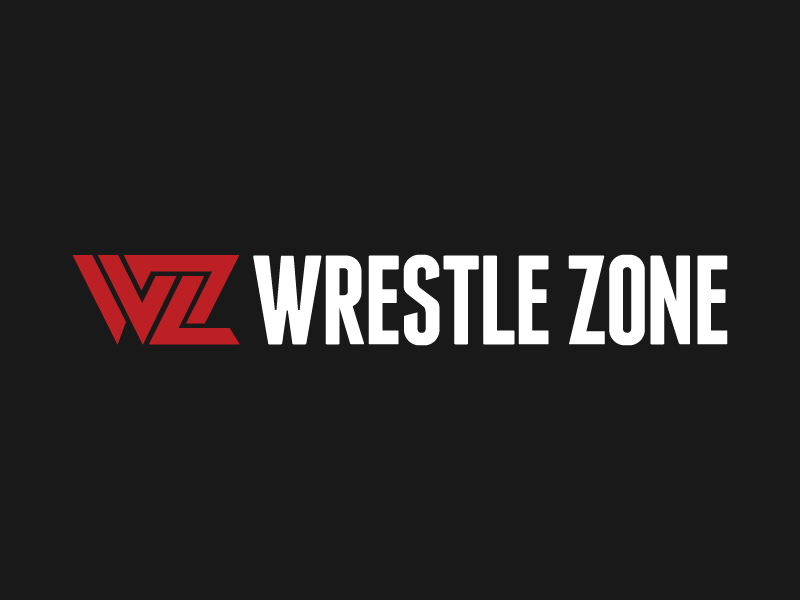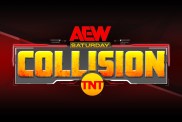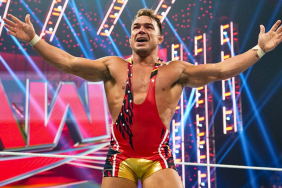I write a wrestling column every Monday and Friday for the Pittsburgh Tribune-Review. It can be found online at TribLIVE.com.
Today, I wrote about how being a star in WWE depends on the times in society and what era you have to follow. The following is an excerpt:
For any star, it's about who and what you have to follow.
Daniel Bryan is the right star for right now. If he would have came along at a different time, society might have not cared.
I say society because for all the changes WWE and the genre have had which might turn some viewers away, WWE is still very relevant in pop culture.
This has been relevant for over 20 years with WWE: Austin 3:16 shirts, a DX crotch chop with two words, John Cena's hand gesture saying “you can't see me” or hearing the “YES” chants in mass crowds at sporting events. WWE, despite all of its critics, plays a significant role in our culture.
Bruno Sammartino was king in the 1960s and 1970s, a mountain of a man with great strength and pride.
This was the perfect setup for the flamboyant 1980s when wrestling needed someone larger than life. Hulk Hogan and Ric Flair fit the bill.
After saying your prayers and eating vitamins died down, there was an odd transition where the business was trying to evolve with more production value, more programming and different in-ring styles. This made way for a transition period with guys like Bret Hart and Shawn Michaels. Both could compete with anyone of any style in the ring.
Once wrestling began to find its new identity of monthly pay-per-views, weekly live cable ratings wars and more reality-based television — it was time for a reality-based star. This welcomed Stone Cold Steve Austin. Flipping the middle finger, drinking beer and beating up his boss. It represented where society was in the late 1990s with South Park, Eminem music and Jerry Springer as other major brands in pop culture at the time.
We then moved into the 2000s when WWE had their entertainment machine in place. Every year, more of the names that got the business to this point were ready to cash in their chips and move on. It was time for someone fresh with a dedicated work ethic, who had the face for this company which was growing to its highest levels.
At this point, a generation grew up with WWE. That generation grew to be adults and had WWE catered to them their whole life. When they were kids, Hogan ruled. When they became teenagers, the attitude era quenched their new thirst.
WWE then decided to start moving back toward a new generation of kids to groom as new fans. John Cena fit right in as being the poster boy hero for the demographic.
After a decade of Cena, it's made way for the most appropriate time for Daniel Bryan.
Click here to read why Daniel Bryan works right now but how he would have been treated in past eras.








